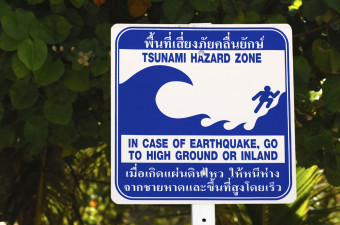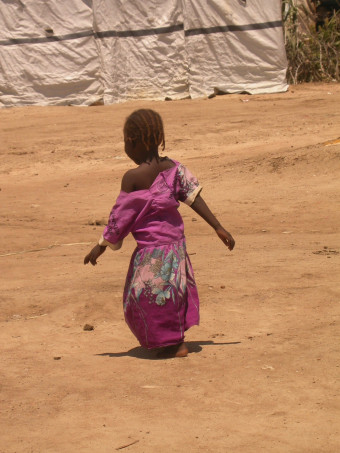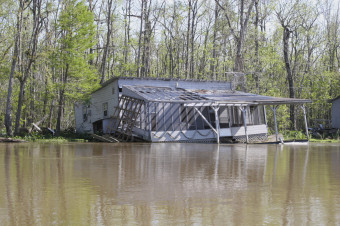The loss of ecosystem services can increase disaster risk as well as increasing the vulnerability of communities to the impacts of disasters. Communities affected by natural and man-made disasters - including flooding, storms, earthquakes, landslides, drought and conflict - can be greatly affected by loss of basic necessities including food, sanitation, shelter and heath care services. Those who are poor or sick, or who experience low levels of livelihood security, are likely to be at greatest risk from such events. In many regions, rural communities and the poor are typically more dependent upon ecosystems for their livelihood security and well-being, and they are therefore most vulnerable to the impact of disasters if these ecosystems are compromised before or by disaster impacts.
The impacts of natural disasters themselves often include disruption of natural habitats and ecosystems and the services they provide. This in turn can have additional consequences for people living in or near the affected areas, and undermine recovery or redevelopment efforts. The recent on-going drought (2006 – 2009) in Kenya and other parts of East Africa is a case in point – as crops and livestock succumb to drought, many people come to rely on wild animals as a food resource. When these animals are themselves heavily impacted by drought, hunting, including poaching of protected species, can become unsustainable, and expose wildlife and hunters to increased disease risk. Man-made disasters - including the effects of war, pollution, fire and various accidents – can also have severe impacts on biodiversity and increase long term environmental risks to people.
There is also a risk that post-disaster relief or recovery efforts can lead to ecosystem degradation, which in turn can further increase the vulnerability of communities to further disaster risk and health impacts. In most emergency situations, the overriding priorities will be to provide immediate shelter to displaced people, to begin reconstruction of basic infrastructure, and replace or reinstate food production systems. The urgency of such measures often means that impacts on ecosystems are not adequately considered. For example, natural habitats may be cleared to replace lost agricultural land, or to facilitate establishing a camp for internally displaced people. Habitats around IDP camps may be affected by subsequent timber gathering, poaching, and build up of waste matter. This may affect the health and security of adjacent communities as well as those who are displaced.
A failure to recognise these issues and to account for biodiversity and essential ecosystem services in relief, recovery and redevelopment programmes, may simply negate the value of recovery efforts if such disasters recur in the future. There is a risk that problems, which may have been created or exacerbated by habitat disturbance, may persist or recur if those programmes fail to recognise the importance of biodiversity to health and livelihood security. Furthermore, as climate change results in more unpredictable weather patterns, sea level rise and more frequent and more extreme storms, the services provided by biodiversity will be critical for human communities most at risk from such events. Refugees from disasters may be particularly vulnerable to added burdens of disease, food insecurity and malnutrition as a result of their displacement and loss of access to ecosystem benefits.


